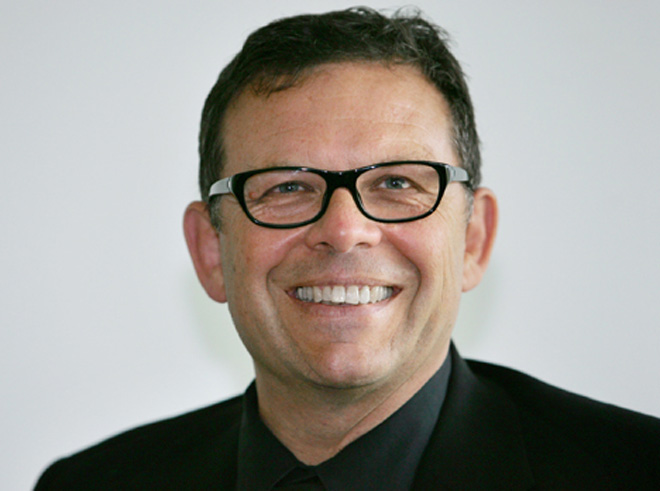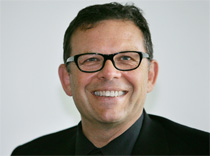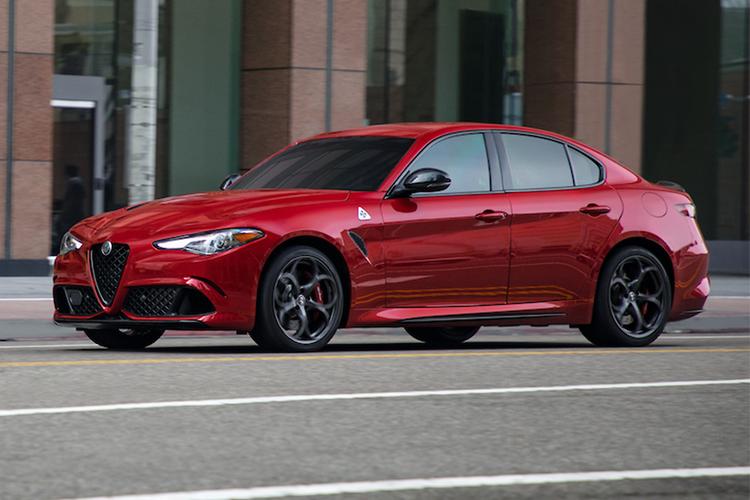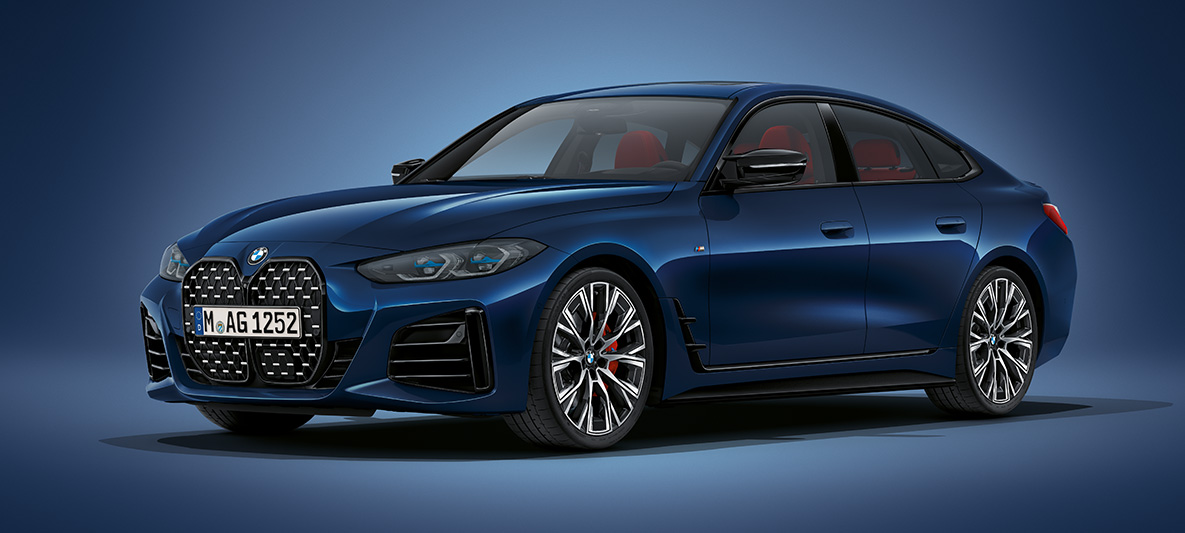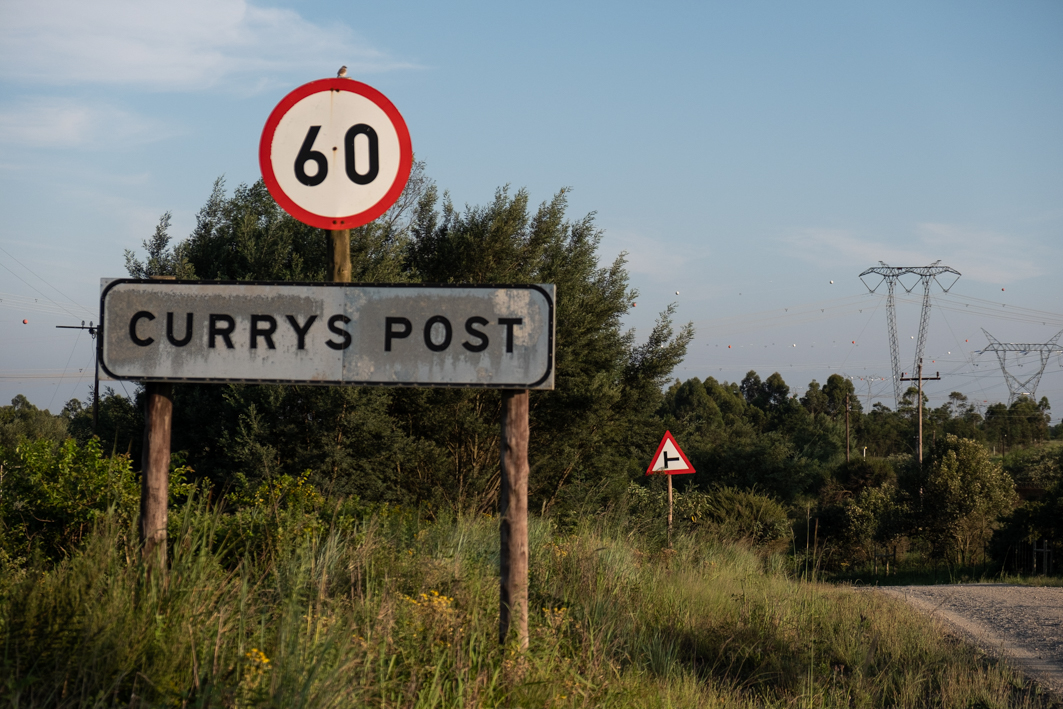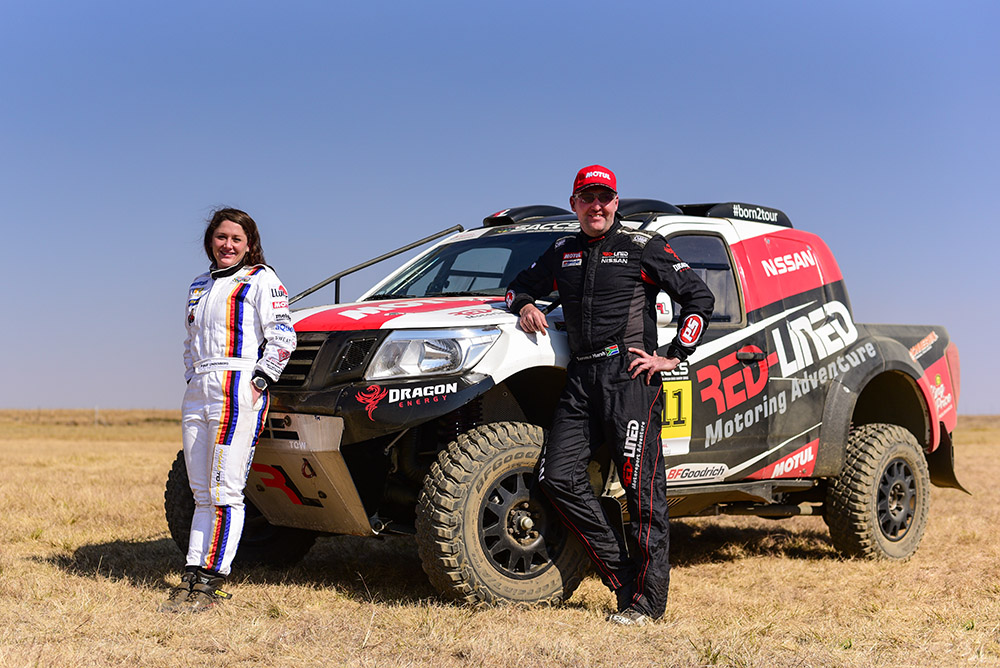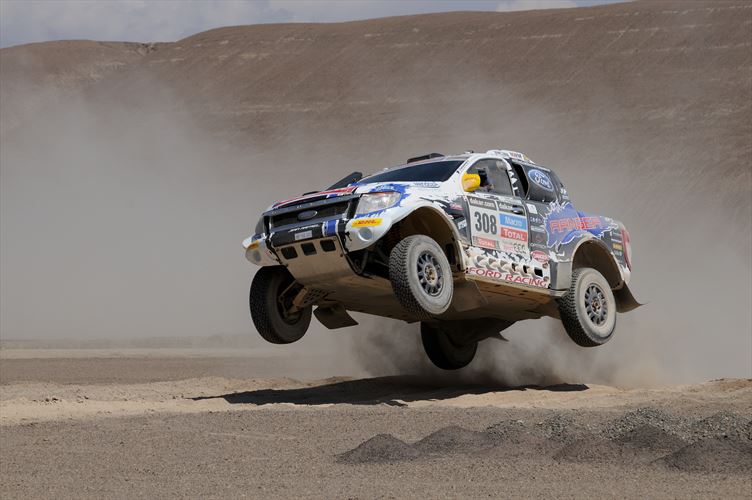For 26 years, though, Schreyer worked for Volkswagen/Audi, and is best known as the genius behind that modern icon, the original Audi TT. At the launch of the new Kia Sorento (penned by Schreyer) in Durban, we were lucky enough to listen to the man himself speak of design and building brands.
Schreyer, dressed very trendily in a black suit, a black tie and even black spectacles, comes across more as an artist that a “car guy”. And when he starts speaking his sentences are peppered with worldly quotes such as “the visionary is the only true realist”, originally attributed to Italian film director Federico Fellini, and “simplicity is the ultimate sophistication” (Leonardo da Vinci). Not your ordinary car press-conference jargon, then.
And when Shreyer speaks, it becomes obvious that he has played a big part in Kia’s reincarnation. “Kia’s revolution,” he says, “is based on design. Design can touch a customer’s heart. Good design is far more than mere decoration, but the first impression is a visual impression, and we all know that the first impression is very important. But whilst a first impression is important, we try to achieve an element of timelessness so that once the ‘wow’ effect has worn off, the car still looks good.”
Schreyer also speaks of the snowflake as an important design inspiration. It is, he says, design perfection with a flawless beauty; beautiful structures created by the fission of logical and architectural elements. And in huge amounts, snowflakes make for beautiful landscapes.
Kia’s gameplan is to attract new customers through the company’s attractive new products, a plan that started with the Kia Ceed in 2007. This vehicle was the first to feature the new face of Kia, the so-called “tiger-nose grille” that has become a standard feature on all Kia vehicles since then. “We want our vehicles to be Kia’s at first sight”, says Schreyer.
LW: Peter, why did you move from the Volkswagen group to the less prestigious Kia?
PS: Aaah, that’s a question I get asked all the time. The real attraction of Kia was that it was like a clear piece of paper, with the opportunity to shape a brand, and that is exciting and a challenge.
Kia needed to find and develop a brand, with a clear design vision for their vehicles. I wanted to be part of that. And I think we are succeeding. The Ceed, the Soul and now the Sorento all share this design vision.
LW: Where does design stop, and engineering start?
PS: There is no point where the one ends and the other begins. It overlaps and blends. It is the old rivalry between designers and engineers, which I don’t like because all the people who participate in the development of a car have the same target in mind: to make a great car. An engineer can’t make a car without a designer, and a designer can’t make a car without an engineer.
Sometimes the designer encounters constraints from the engineers. They might say it’s not possible this way, can you try it that way. So it’s an ongoing compromise in strategy, but in a positive way.
In the old days things were different: there was an engineering requirement, and the designer had to fulfil it, but times have changed and we now work together.
LW: And so what is your training? Do you consider yourself an artist, or do you also have a mechanical background?
PS: As I was saying, while you need to know a lot about how the car is made, of course I have no idea of mechanics – if someone were to ask me how to repair an engine I would be totally lost. But I think that in the whole car company there is nobody who has a more general knowledge than a designer. In a good company the designer is the combining factor; he is the link between production, technical development, marketing and sales. A salesman will know nothing about design, and an engineer will know nothing about sales, but a designer knows about sales, marketing, and has a good gut feeling for trends and for customers. So the general knowledge is what makes a good designer.
I personally started as an exterior designer, a long time ago, but have also designed interiors and I know a lot about designing the whole car.
LW: Kia SUVs seem to be getting softer over time, and more focussed on road-driving. Some of our readers find this disappointing. Is this a specific Kia strategy, to move away from 4x4s and towards crossovers?
Will this continue in the future?
PS: With the current situation with CO2 levels and fuel consumption issues being so important, it is a clever move to move away from the proper SUV. And in most of the world 4×4 capabilities aren’t really needed.
In this country you might want more 4×4 ability.
But I think that the Sorento still has enough 4×4 capability. You don’t want to drive up cliffs in it, but if you want to drive on rough roads then it is fine, and this is what most people want it for.
It is more important to take care of the fuel consumption, and make vehicles more street-ish, rather than worry about the minority who want a real 4×4.
LW: Will future Hyundai and Kia vehicles feature similar designs?
PS: No, you won’t be seeing similar designs. They will be totally different design-wise, although typically there will be mechanical similarities. Hyundai has its own style, and Kia has its own design. I am going my own way with Kia, and it won’t be similar to that of Hyundai.
LW: How far does design go beyond the external aesthetics of a vehicle?
PS: A lot! Designers do the interior, the exterior, everything. With the interior, you need everything to be functional and comfortable. For instance, the seating position must be comfortable, and everything must fit just right. The steering wheel must be in the right place with a good grip and feel, with the air-conditioning and entertainment and navigation at your fingertips.
Design is more than just making something beautiful. It also has to take into consideration functionality, bring convenience into our lives.
LW: How hard was it to make the move from Audi to Kia, and to blend a European design ethos with that of Asia? Was it really a case of them giving you a blank piece of paper and free reign?
PS: It wasn’t hard at all. Yes, it is a different culture, and a very, very different world, but after being at Audi for a very long time, 26 years, I have a lot of experience and I know a lot about cars and how they are made and about quality and about different markets. I have a feeling for the American market and the European market, and I can use this knowledge in my new job. Obviously I couldn’t do exactly the same thing, but of course things are going to look more European, because I am European. Kia did not want me to join the company to do the same designs for them, but because of my experience and my Europeanness.
LW: And a last question: you’ve been at Kia three years now – is there a particular car that you look at and say “this is Peter Schreyer’s vision for Kia!”?
PS: Well, to be honest it is always the latest car to come out. So now it is this, the new Sorento. But I have played a big part in the Sorento, because it was in its very early stages of design when I arrived at Kia. So there is a lot of my influence in the Sorento, and it is my car. But there is a new model coming out, a sedan called the K7 that is really beautiful. And then there is the new Sportage which is very good, and which will interest you. But for now I am most excited about this, the new Kia Sorento.
